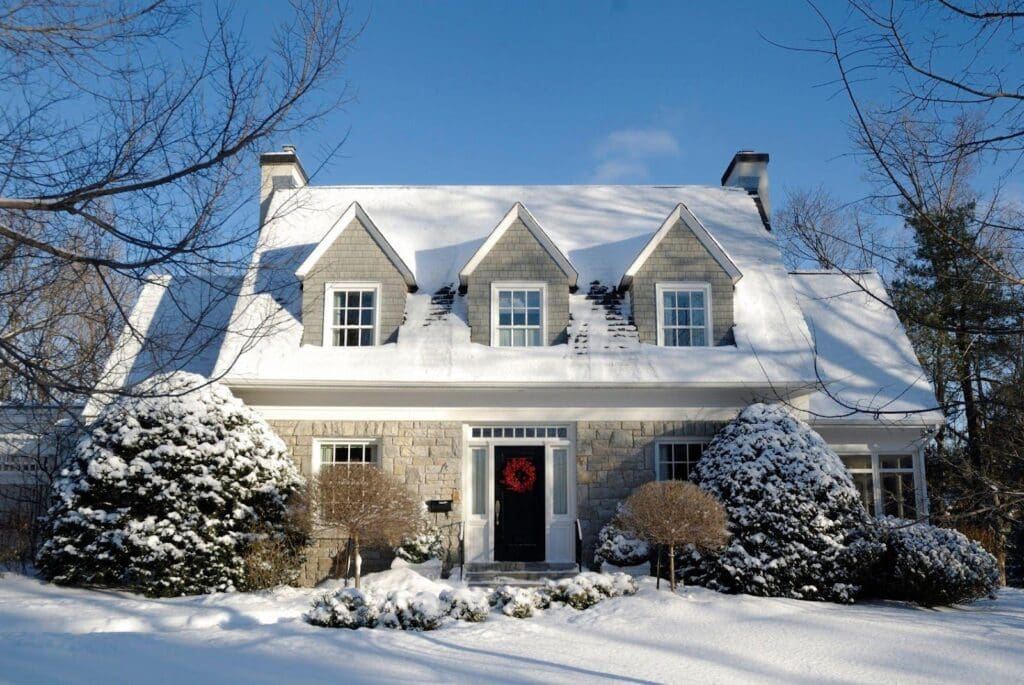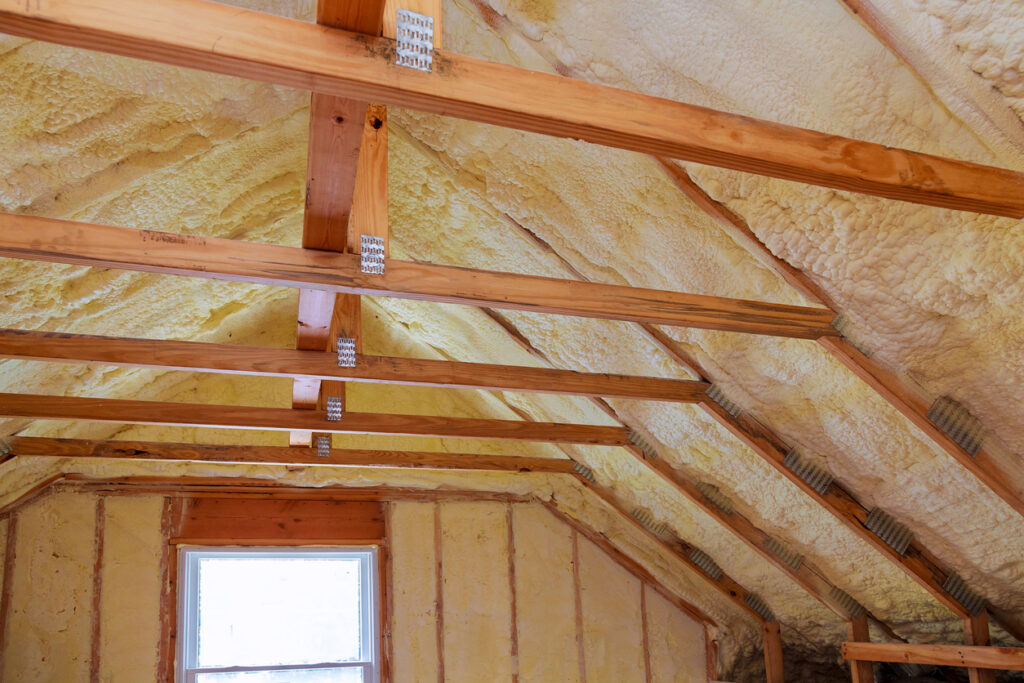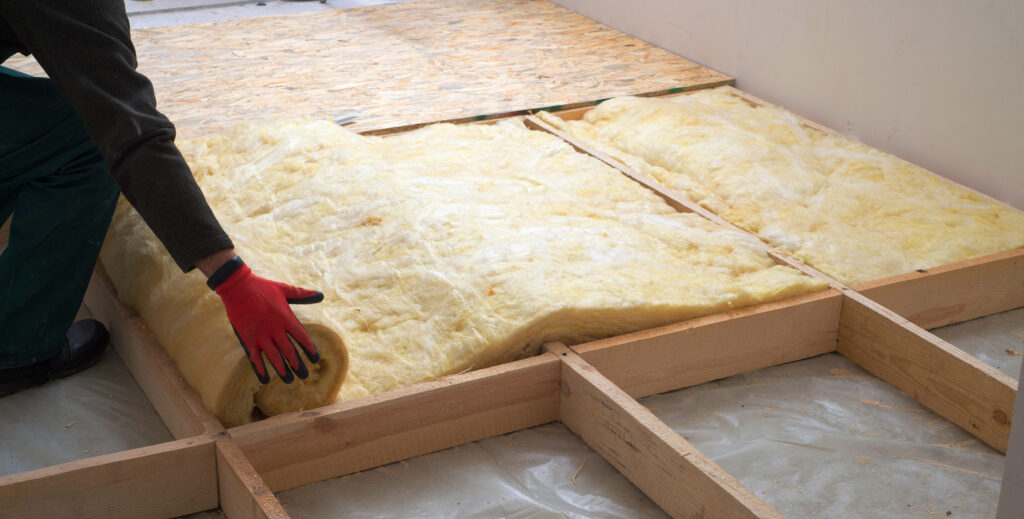So, the winter freeze is here, and you haven’t prepared. The storm will be bad and last for some time. You are in a state of panic and can’t think of anything but the freezing temperatures. Here are some quick tasks to accomplish in preparing your house for the freeze. 6 Freeze Protection Tips to…
Read MoreAs winter blankets our surroundings in a layer of frost, it’s essential to keep our homes cozy without breaking the bank. By making a few adjustments, you can significantly improve the energy efficiency of your home, ensuring warmth and comfort while saving on energy costs. Let’s consider eight practical tips. 1. Seal the Gaps: Winter…
Read MoreWall insulation requirements vary for different regions of the country according to building codes. The purpose of the insulation is to manage thermal (hot and cold) transmission through a wall assembly. It should be installed in accordance with the manufacturer’s recommendations to best serve its purpose. Wall insulation is generally provided in batts, rolls, sheets,…
Read MoreThe answer depends on where your house is located and the type of insulation in your attic. Building codes now prescribe how much energy new houses should use and therefore call for specific performance criteria for insulation. The effectiveness of the various insulation options is quantified in terms of the resistance of the material to…
Read MoreKeep in mind the purpose of insulation is to impede the transport of energy in the form of heat, between conditioned and unconditioned space. The barrier around the conditioned space in a house is referred to as the thermal envelope, which occurs in the walls, ceilings, and floors of most rooms in your house. One…
Read MoreThe crawl space is the area located beneath the floor of a raised home. Crawl spaces are typically 1 to 3 feet high, as compared to basements which can be tall enough to walk around. Basements can be fully finished with flooring, lights, and HVAC, while crawlspaces are often open to the exterior with the…
Read More







